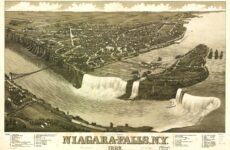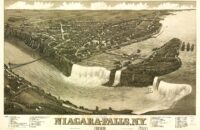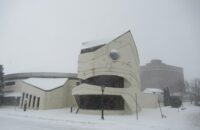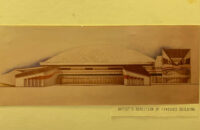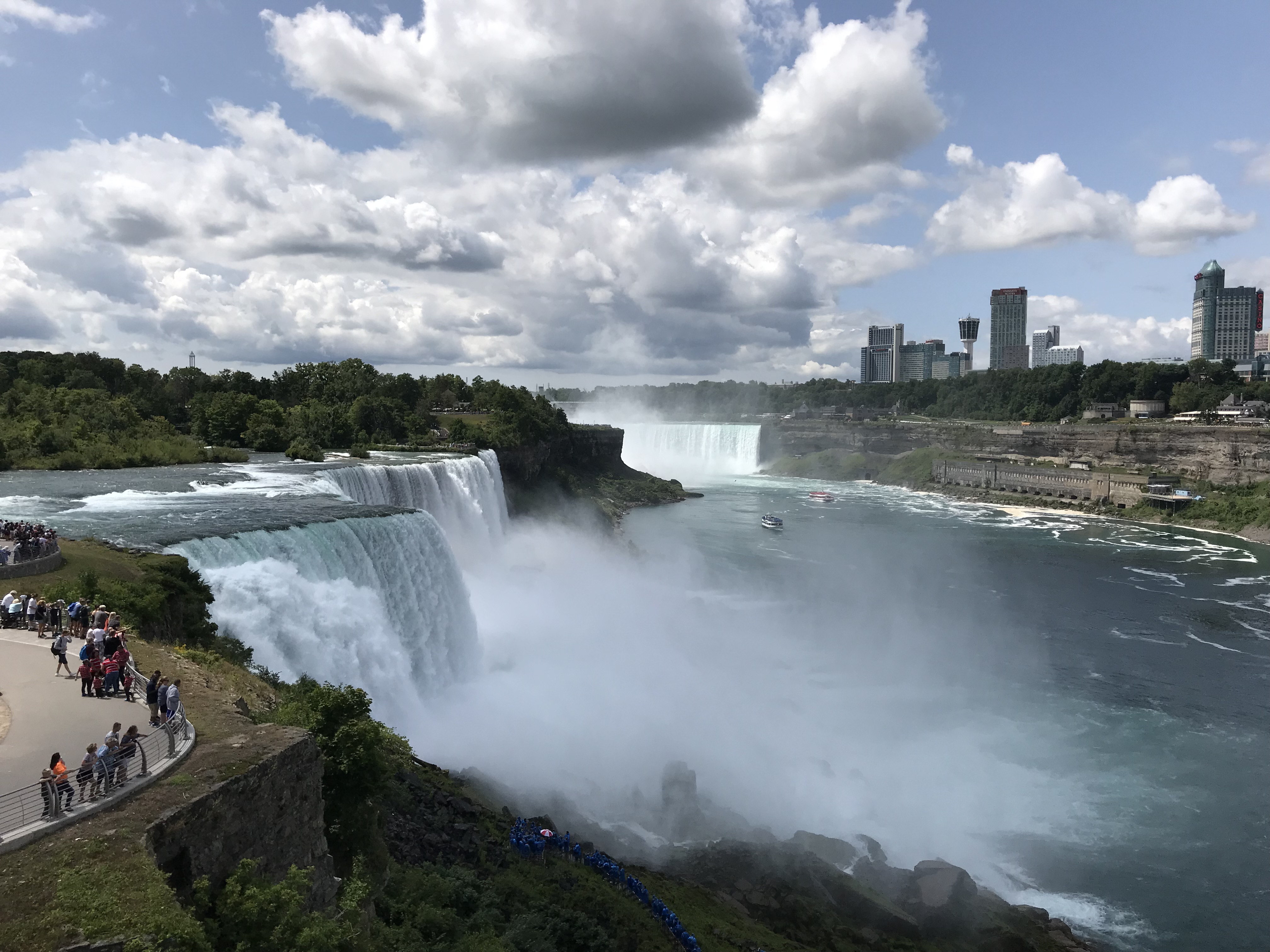Ask anyone who’s been there. The Custer Battlefield National Monument is a haunting and sacred place. The breezes blows through the long prairie grass as visitors wander among the scattered small markers placed following the June 25, 1876 fight, each marking the spot where a trooper fell and was buried.
Later, the bodies were exhumed and placed beneath a monument at the crest of the hill there, but the markers were left in place, testimony to the confusion and panic that set in once Gen. George Armstrong Custer and his men realized they were facing not just the guard of an isolated Indian encampment, but a fighting force that outnumbered them by 10 to one.
The Gettysburg battlefield in Pennsylvania has been similarly preserved, though the grass is green and there are trees when it’s not covered in snow. You can’t stand on that ground and not think of Abraham Lincoln and the ultimate sacrifice made by more than 8,000 Union and Confederate soldiers for what they believed in.
Let your mind wander a bit and you can almost hear the screaming, feel the sweat and mortal fear of the combatants.
The Bunker Hill Monument in Boston, commemorating the first battle of the Revolutionary War, and the Perry Victory Memorial at Put-in-Bay, Ohio, celebrating the decisive Battle of Lake Erie in the War of 1812, are similarly reverential, homages to the brave men who fought and died there.
We have our own battlefield right here in Niagara Falls, up in the DeVeaux section. It sits on a 42-acre preserve owned by the New York State Parks Commission.
The Battle of Devil’s Hole, fought on Sept. 14, 1763, was the largest fought during what is known as Pontiac’s Rebellion, an Indian uprising that engulfed the frontier of Michigan, Ohio, Pennsylvania and New York in full blown warfare.
More than 100 pioneers and British soldiers were killed. Casualties among the Seneca attackers are not known.
Whole books have been written about the battle, and accounts of it appear in every important history of the colonial era in North America.
And what did the Parks Commission decide to do with this hallowed ground?
Pave over it so tourists could park there. There is no monument to commemorate the battle, and no mention of it on the Parks Commission website describing Devil’s Hole.
“Devil’s Hole State Park overlooks the Devil’s Hole Rapids,” the website states. “The park has picnic areas, scenic overlooks and hiking trails, and is one of the more popular spots for fishing. A stone staircase leads down to the base of the gorge and the Devil’s Hole Trail, which offers spectacular views of the rapids and gorge rock layers.”
The memories of the valiant command of Lt. George Campbell and his detachment of the 80th Regiment of Light Armed Foot have been subsumed for the benefit of modern day picnickers.
Campbell and his 81 redcoats were ambushed by more than 300 Seneca warriors under the command of Farmer’s Brother enroute to the scene of a civilian wagon train massacre perpetrated by the Seneca earlier in the day. They never stood a chance.
Likewise, they never stood a chance with the New York Parks Commission, which poured hot asphalt over the earth that once soaked in their blood.



